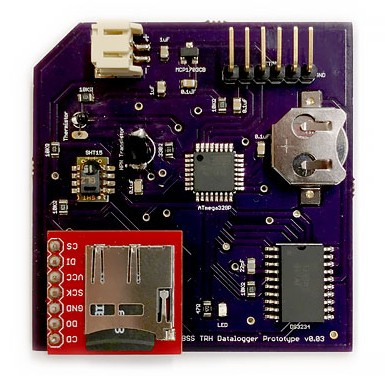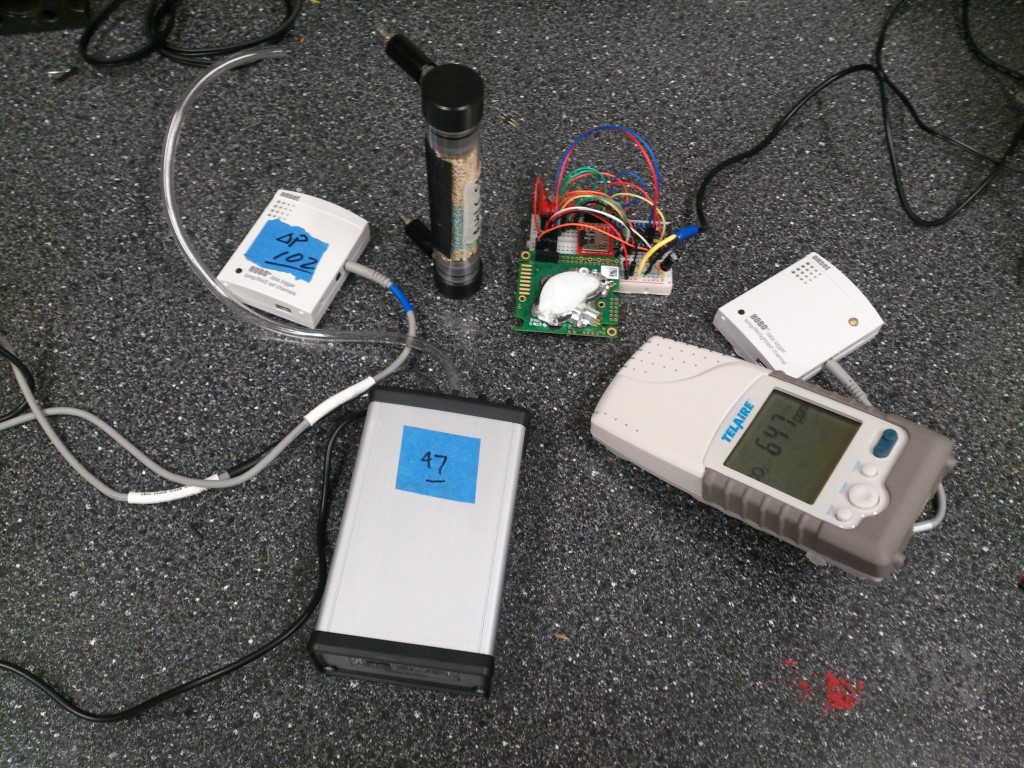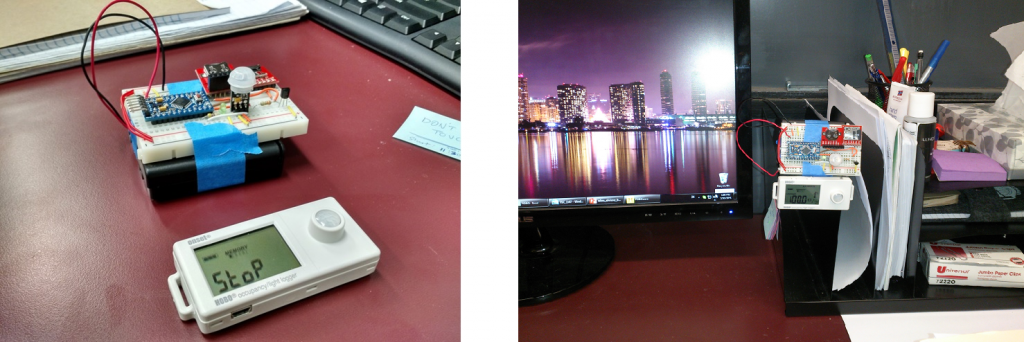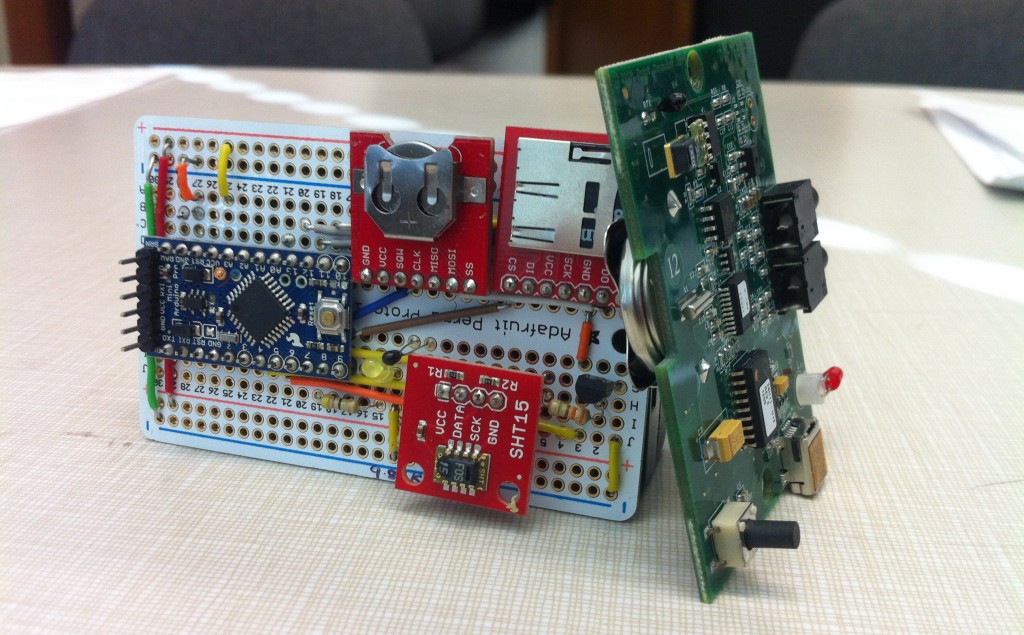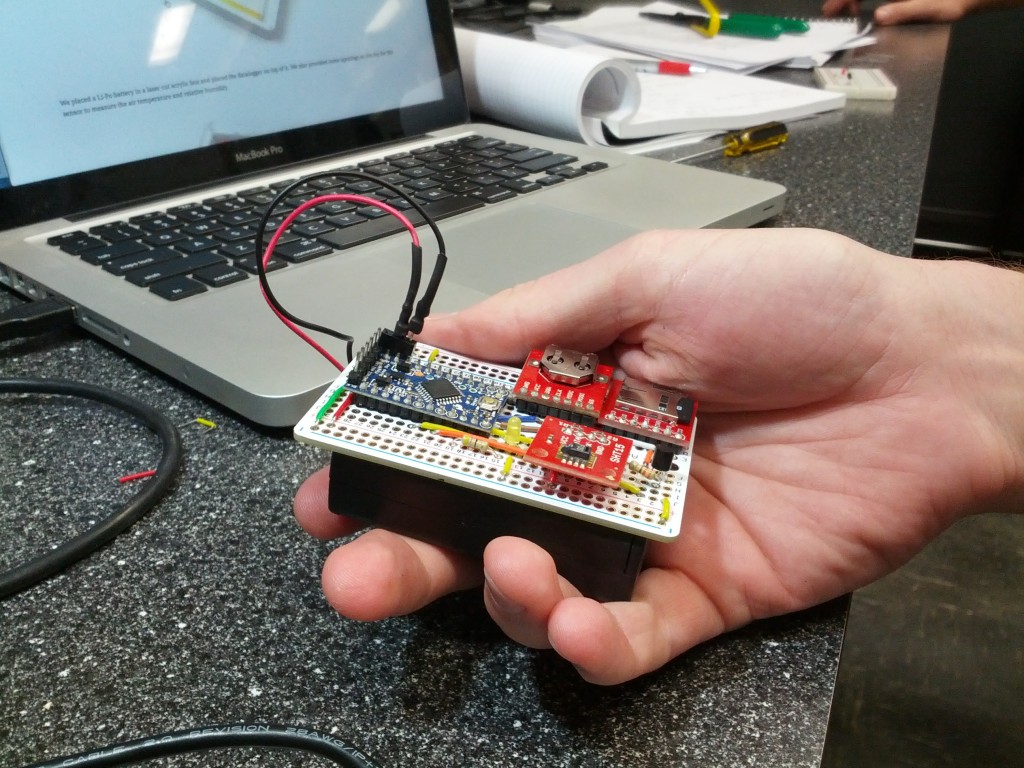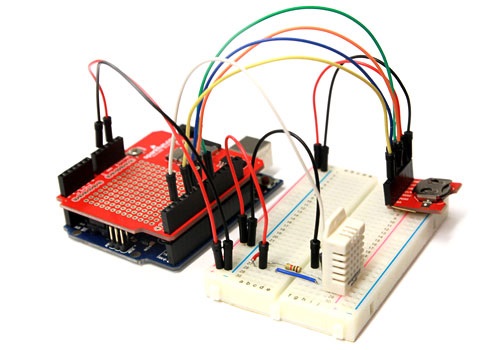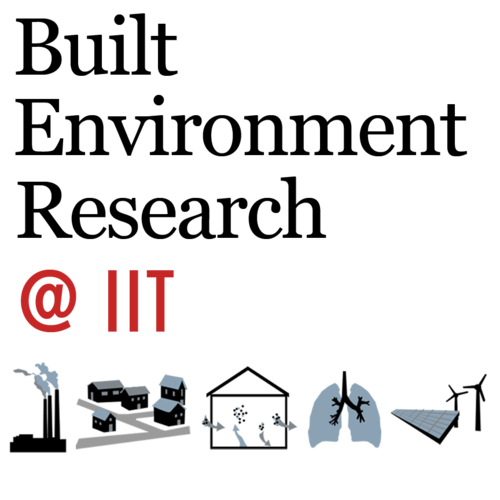
Recent advances in culture-independent molecular techniques and metagenomic computational tools for analyzing microbial diversity, coupled with the recognition that the majority of people in the developed world spend most of their lives indoors, has led to a rapid increase in the number of studies exploring microbial diversity within the built environment. Recent studies have characterized microbial diversity in offices and other commercial buildings, classrooms, healthcare facilities, homes, and transportation environments, which all represent indoor environments where people spend much of their time. In general, these studies have shown that many bacterial communities in occupied environments appear primarily dominated by human skin, gut, nasal, and/or oral source, with some variability attributed to building ventilation strategies and occupancy characteristics. Conversely, fungal communities appear primarily dominated by local outdoor environments.
Continue Reading →
